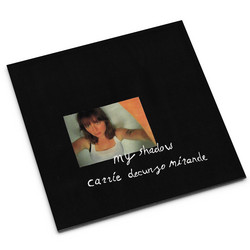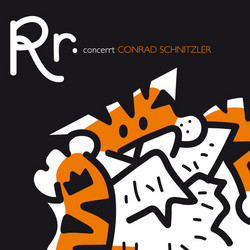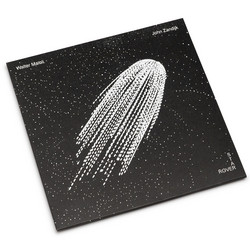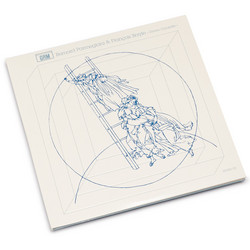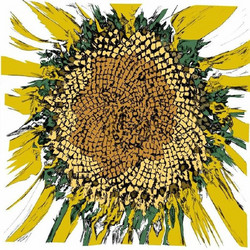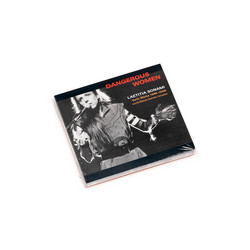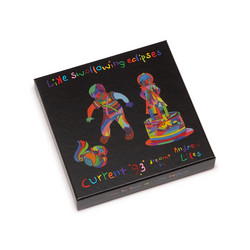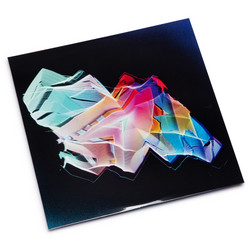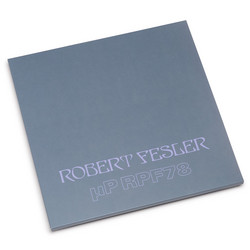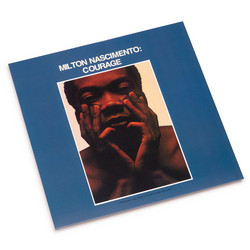Jean Yves Labat
Underwater Electronic Orchestra (LP)
Ojo de Mujer presents a rare gem from the twilight zone of 1970s electronic experimentation: Labat's Transition, an album that exists in its own peculiar dimension where psychedelic disco meets aquatic reverie, and synthetic soundscapes dissolve into moments of unexpected grace. Surfacing from the depths of obscurity, this Canadian pressing has long been whispered about among collectors and connoisseurs of the era's most adventurous electronic music. The album's striking cover — featuring a figure adorned with synthesizers against a surreal Venusian seascape — hints at the liquid, dreamlike journey within.
Transition opens and closes with the same transcendent piece, "Matrix 16," a spiraling ascent of reversed percussion, cascading synth lines, and euphoric melodies that capture the optimistic grandeur of disco's golden age filtered through an experimental lens. Between these bookends lies a fascinating exploration of synthetic possibilities: the hypnotic pulse and analog warmth of tracks like "U Boat" and "Orbit" demonstrate Labat's gift for crafting atmospheric instrumentals that feel both cinematic and deeply personal.
The album's most striking moments arrive when Labat abandons convention entirely. "Subtronick" envelops the listener in layers of string-synth atmosphere, creating a sense of floating suspension. "The Flight of Kromack III" ventures into more abstract territory — a textured soundworld of processed drums, filtered electronics, and buried vocal fragments that suggests a transmission from some unknown dimension. Here, Labat achieves something truly unique: a piece that feels simultaneously organic and mechanical, primal and futuristic.

